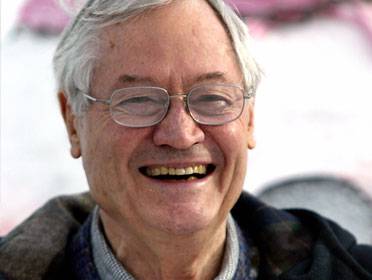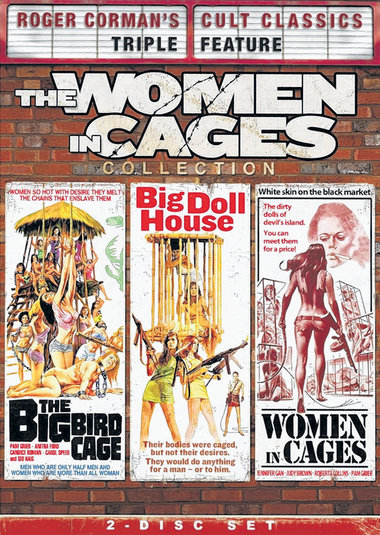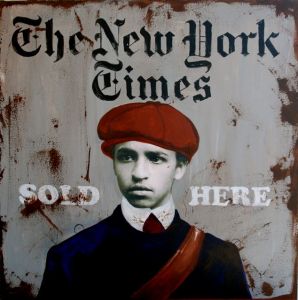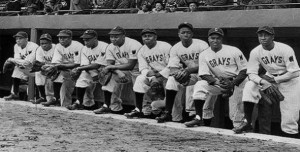The history of the cinema is dotted with “a-star-is-born” films: James Cagney in “Public Enemy,” Boris Karloff in “Frankenstein,” Sylvester Stallone in “Rocky,” Robert De Niro in “Mean Streets.” But for Pam Grier, her star-making film is less auspicious.
No, the entire world didn’t fall in love with Grier in Jack Hill’s 1971 women-in-prison flick “Big Doll House” — we didn’t all see it — but clearly, this was Grier’s breakthrough. In watching “Doll House” and its follow-ups, “Women in Cages” (1971) and “The Big Bird Cage” (1972), you can chart Grier’s emergence as an onscreen force. Quentin Tarantino — who later rebooted Grier’s career while paying homage to it in “Jackie Brown” (1997) — calls Grier the first female action star. What actress could challenge Grier on that lofty title?
These three films comprise “The Women in Cages Collection.” It’s no coincidence that all were made in the Philippines, a country then friendly to low-budget American productions. “Doll House” executive producer John Ashley, whose storied career ran the gamut from playing juvenile delinquents in the ’50s to producing “The A-Team” in the ’80s — was instrumental in bringing productions to the Philippines. (He was an associate producer on Francis Ford Coppola’s “Apocalypse Now,” in which the Philippines doubled for Vietnam.) This backdrop makes for a fascinating juxtaposition — sadistic American fantasies played out amid exotic, muggy locales.
With “Doll House,” Hill set the standard for the genre; “musts” include shower scenes, catfights, torture, sadistic wardens, corrupt politicians, machine-gun fire and explosions. Grier plays Grear, a tough-talking prisoner who is killed off a bit too early in the film for many fans’ tastes. Genre great Sid Haig — who would make five films with Grier, one more than Bogie and Bacall — plays Harry, a guy who sells fruit to the inmates and occasionally cops a feel while he’s at it.
Source: The Star Ledger






